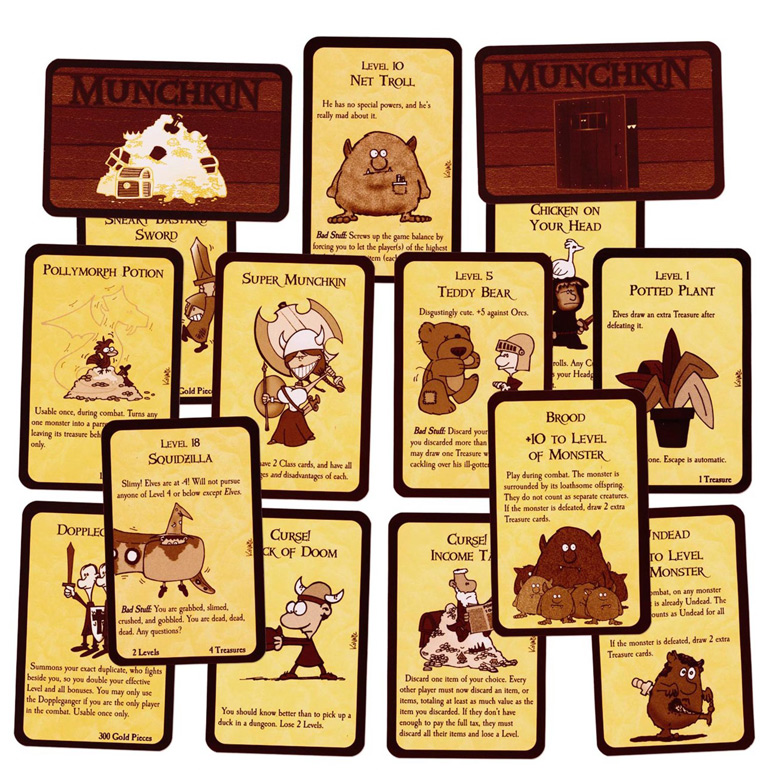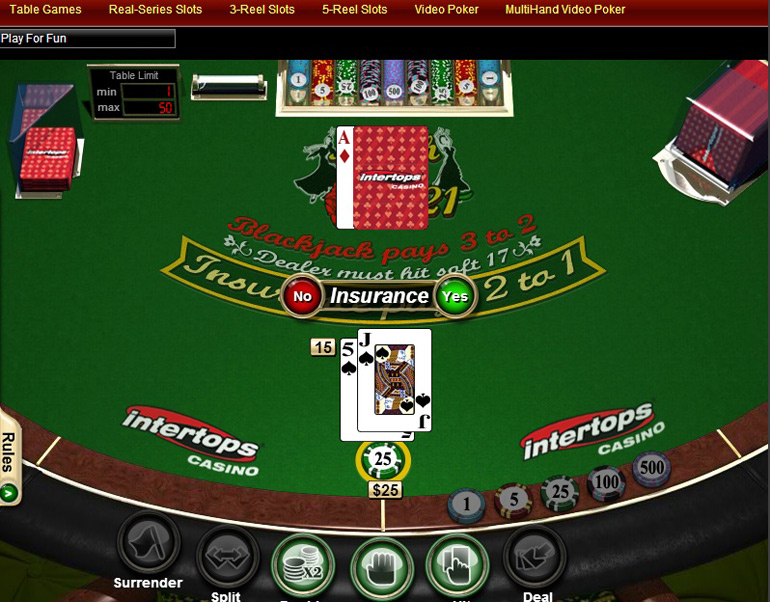Card games are part of all our history, a much loved selection of games that have been enjoyed throughout the globe for centuries past. As with the majority of our much loved favourite games, they have started their movement into the online world, mixing our much loved traditional games like Poker, with more modern, thoughtful games like ‘Modern Art: The Card Game’. Whichever game you choose to pick, you will see a whole new level of design coming into play that blends the traditional symbols and graphics, with 3 dimensional cards, depicting high end imagery.
Designing your own card game has never been more free and full of the chance to get your expression and ideas across. Thinking of designing your own game? Here are our top tips to help you design the next breakthrough card game this year.
Concept
There is a wealth of competition out there for this form of game and with the current hype surrounding online casinos, getting your game seen and played will all depend on the ‘hook’ of your concept. Your concept will need to include the game play sequence; this should include strategy, the pace of play and a certain level of random chance. It is these specifics, especially the strategy, that will get players excited in your product.
Once you have this information, then you will have an idea of how the turns are conducted and what the end goal of your game will be. Each card can then be assessed to see what effect it will have on the play sequence in the game. This is also where you can get an idea of graphics, colour schemes and whether you will include static play or animated sequences.
A great example of how little tweaks to strategy and game play can create a new version of a classic card game is Matchplay 21 available at Intertops Casino. This game uses the classic rules of Blackjack, but has made small changes that have added intrigue into this classic. The graphics are beautifully realistic and even more importantly, they are easy to use/understand. This game remains faithful to the original game, but the designers have considered all the features needed for online gaming, the pace of play, what each card does and the clever use of graphics to make it feel like you are really there.
Now that you have covered the ideas of concept and themes, then designing your game can begin. Before contemplating the layout and backdrop to your game, you need to know exactly what you want to say in the simplest way possible. Start by surveying all the cards used in your game and set a top amount of words per card – if your game has wording – or how many images per card. If you can’t make the card clear with a single image, then you may need to re think your concept.
This will help you to set the right style for your context, remember to look at how your symbols will be used in your game. For example if you are creating the next online monster game, then making the symbols light and airy will not work.
The main difference in designing an online game vs. its offline alternative is that you will also need to set the scene; designing the backdrop becomes just as important as the game play itself. There are many points that you will need to consider here. If you are creating the next bog casino based game, then consider the sounds, sights and smells of a real life casino – these will need to be replicated in order to create a realistic environment. You will also need to think about how the background works from level to level, do you want animated, flash backgrounds or a simple static image that creates atmosphere through sound and game play alone.
Finally, create a short demo of your game, this is one of the most important things to do, as this will tell you whether your game is fun or not! A recent report into designing the perfect game, by gameDEV.net suggests;
“People make short demos of their game ideas and play-test those demos to see if their games are fun. They tweak and iterate on their ideas until they’re polished and fun.”
That’s it! Once you have created a plan based on all these points, you will have a workable baseline from which to work up to creating your final game.










